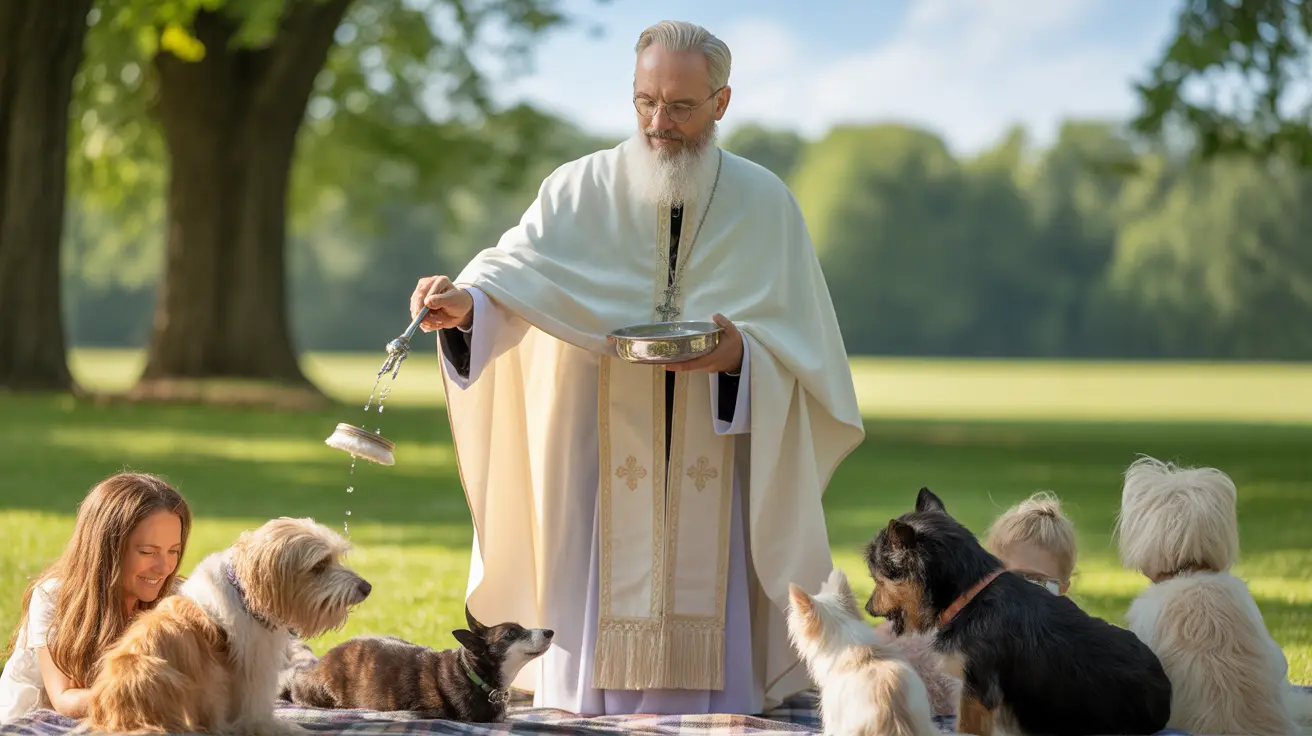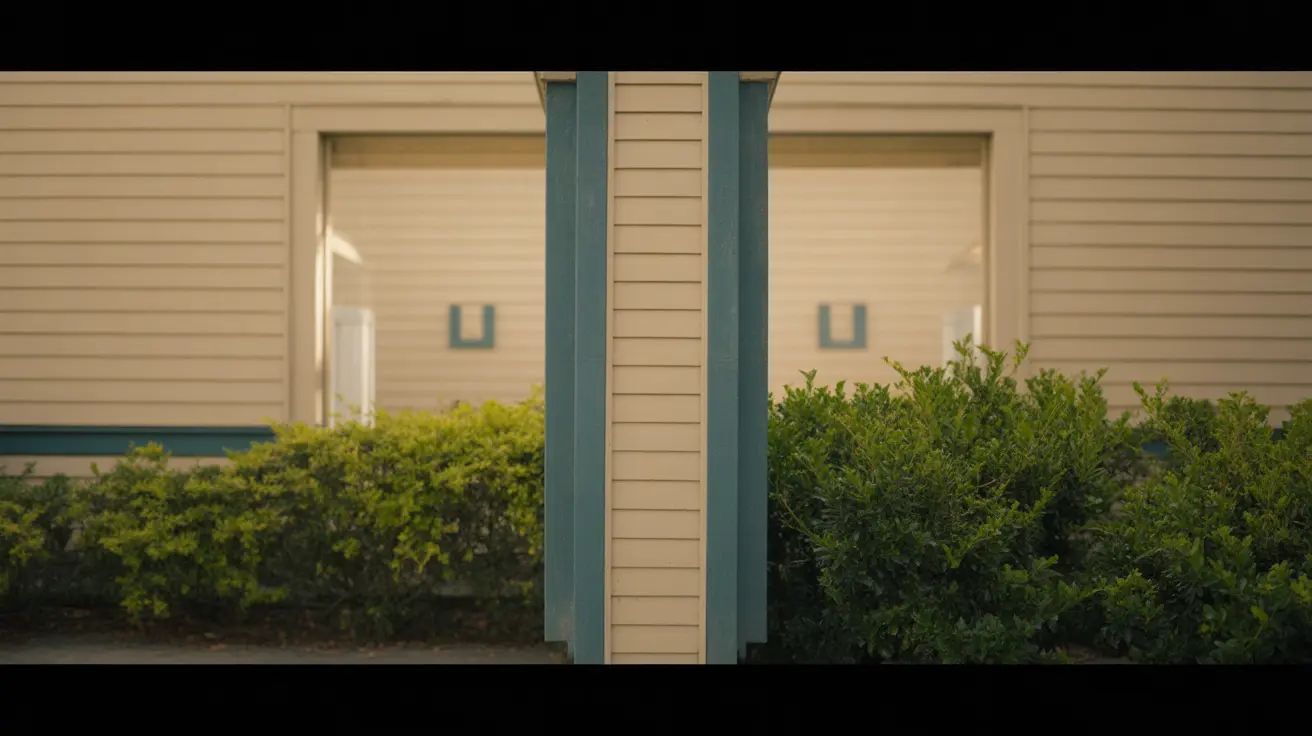Crate Training an Older Dog: Step-by-Step Guidance
Crate training isn't just for puppies—many older dogs can learn to love their crates, too. While some adult dogs may have previous experiences (good or bad) with crates, others may be entirely new to the concept. The key is patience, understanding, and a gentle approach that respects your dog's pace.
Understanding Your Older Dog's Needs
Older dogs come with established habits and personalities. Some may be set in their ways, while others are eager learners. It's important to recognize that crate training an adult dog might take more time than training a puppy, but it's absolutely achievable.
- Patience is essential—don't rush the process.
- Use positive reinforcement such as treats and praise.
- Create a calm environment to reduce anxiety.
Choosing the Right Crate
Select a crate that's large enough for your dog to stand up, turn around, and lie down comfortably. For older dogs with joint issues or arthritis, consider adding extra padding or orthopedic bedding for comfort.
Introducing the Crate Gradually
- Let your dog explore: Place the crate in a quiet area and leave the door open. Allow your dog to sniff and investigate at their own pace.
- Add comfort: Put soft bedding, favorite toys, or worn clothing inside to make it inviting.
- Encourage entry: Toss treats or meals near and then inside the crate. Praise your dog for any interest shown toward the crate.
Building Positive Associations
The goal is for your dog to see the crate as a safe haven—not a place of punishment. Feed meals inside the crate if possible; this helps create positive associations. If your dog seems hesitant, start by feeding near the entrance and gradually move the bowl further inside each day.
- Avoid forcing your dog into the crate—it should always be their choice.
- If your dog enters on their own, offer gentle praise and treats.
Establishing Short Stays
- Once your dog is comfortable entering the crate, close the door briefly while staying nearby.
- Gradually increase closed-door time in small increments—start with seconds, then minutes.
If your dog remains calm when crated for short periods, try leaving the room briefly before returning. Always reward calm behavior upon return but avoid making arrivals and departures dramatic—keep things low-key so your dog doesn't associate comings and goings with excitement or stress.
Troubleshooting Common Issues
- If your dog whines or barks in the crate, wait until they're quiet before letting them out (so they don't learn that noise gets them released).
- If anxiety persists beyond initial sessions, slow down—go back to shorter sessions or leave the door open again for a while.
For dogs with negative past experiences (such as shelter dogs), extra patience is needed. Never use the crate as punishment; this can create fear rather than comfort.
The Benefits of Crate Training Older Dogs
- A safe space during stressful events (like thunderstorms or guests).
- Easier travel and vet visits when crates are familiar places.
A well-trained older dog will often come to appreciate having a quiet retreat of their own—a place where they can relax undisturbed when life gets busy around them. Remember: every dog's timeline is different. Some may take days; others might need weeks or more. Stay consistent with routines and rewards, and you'll likely see progress over time.





